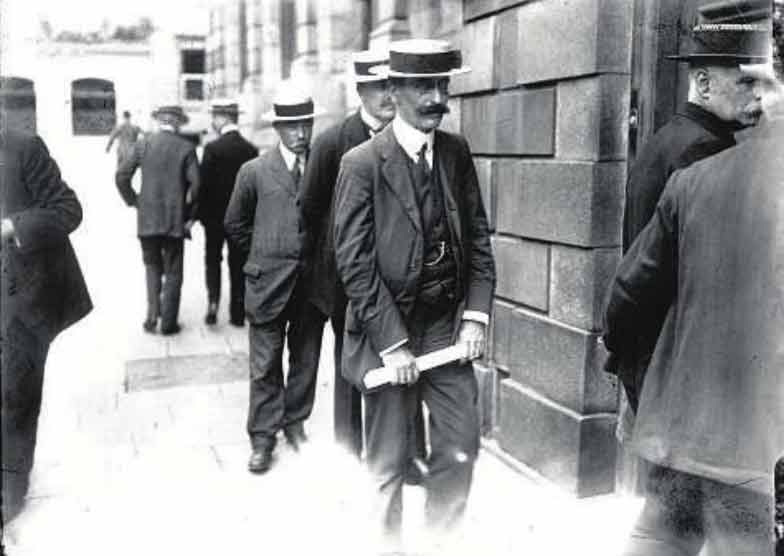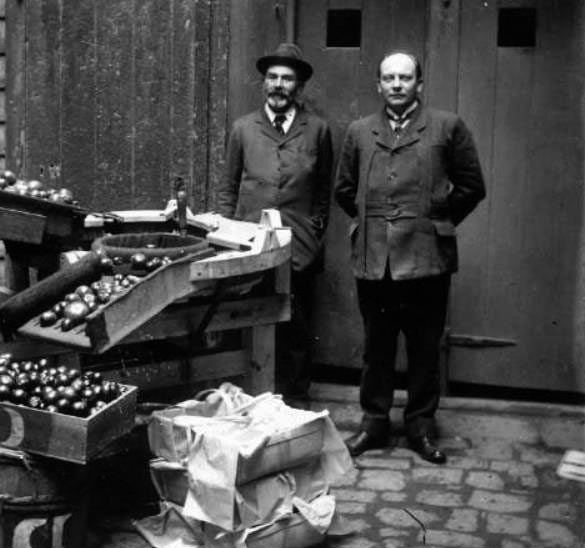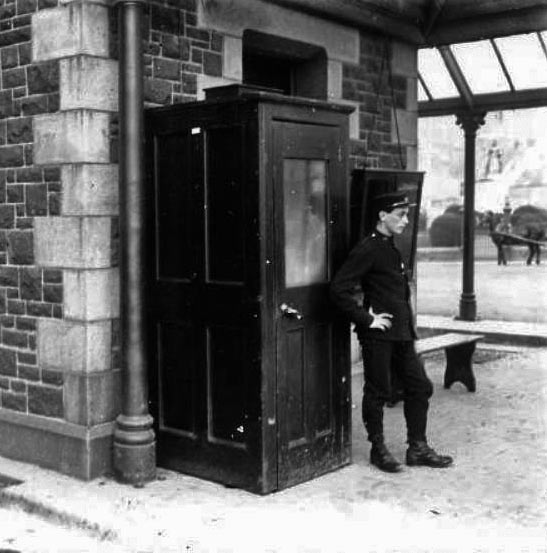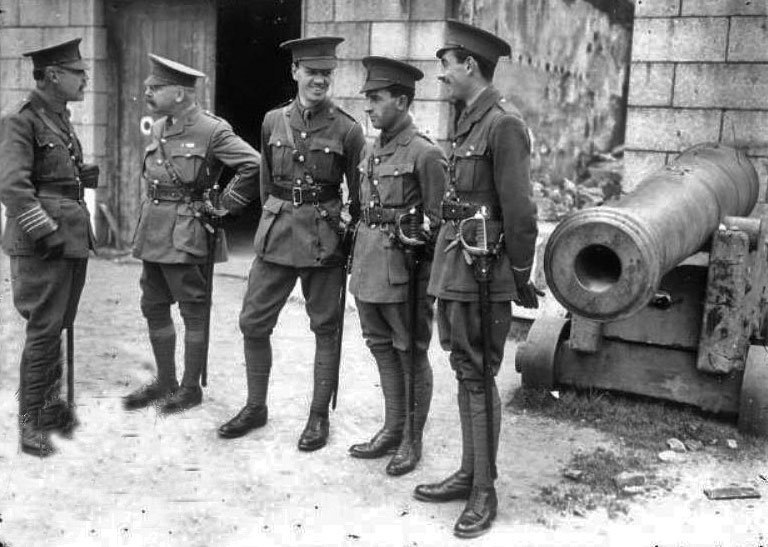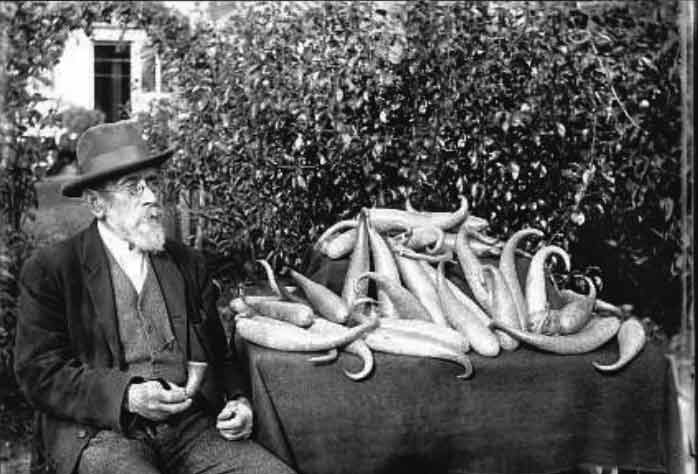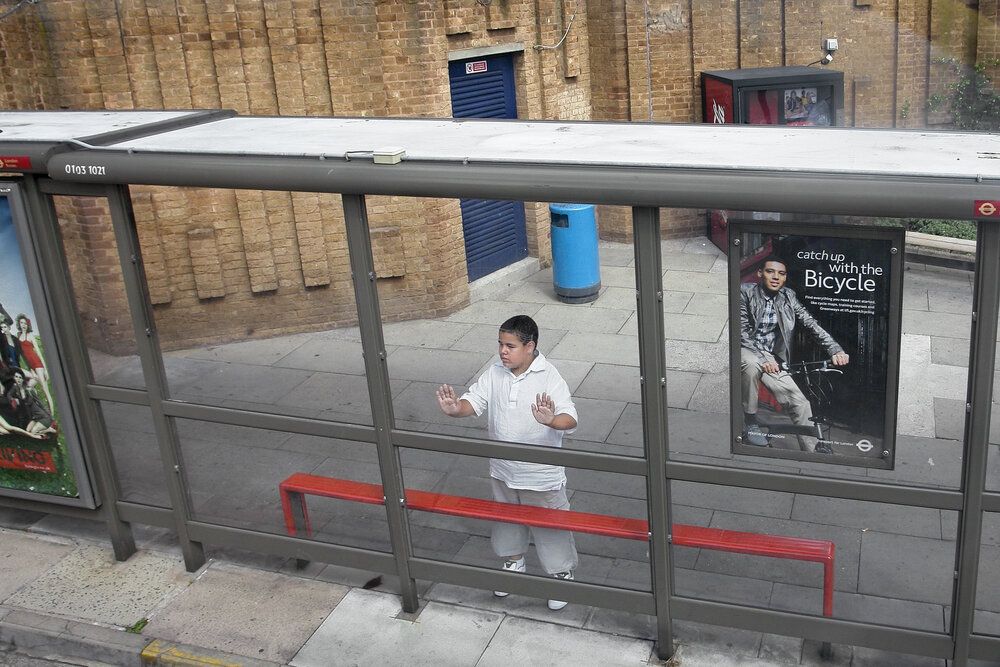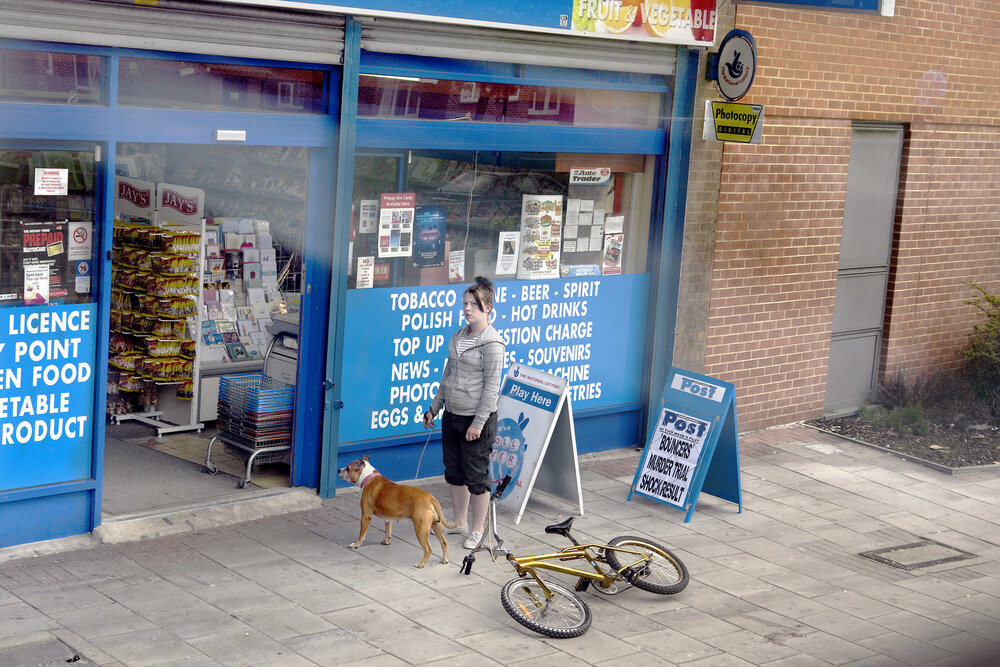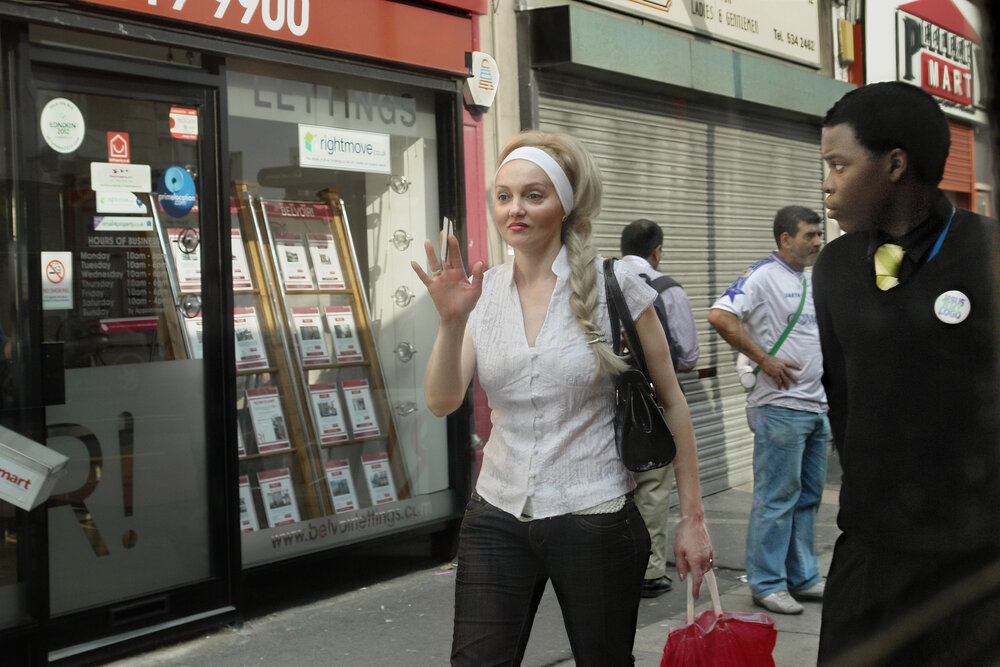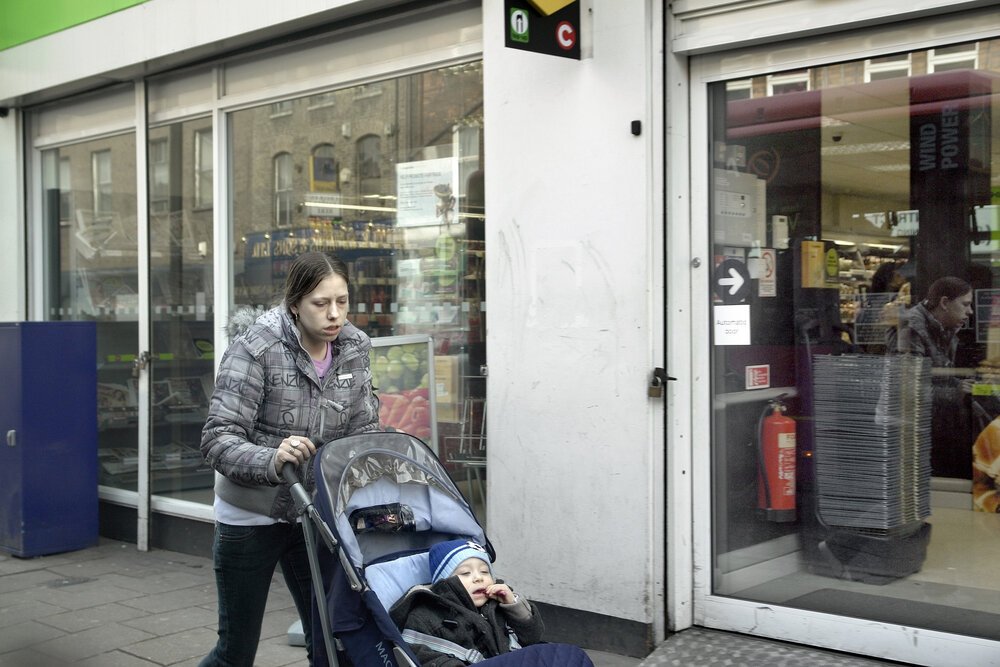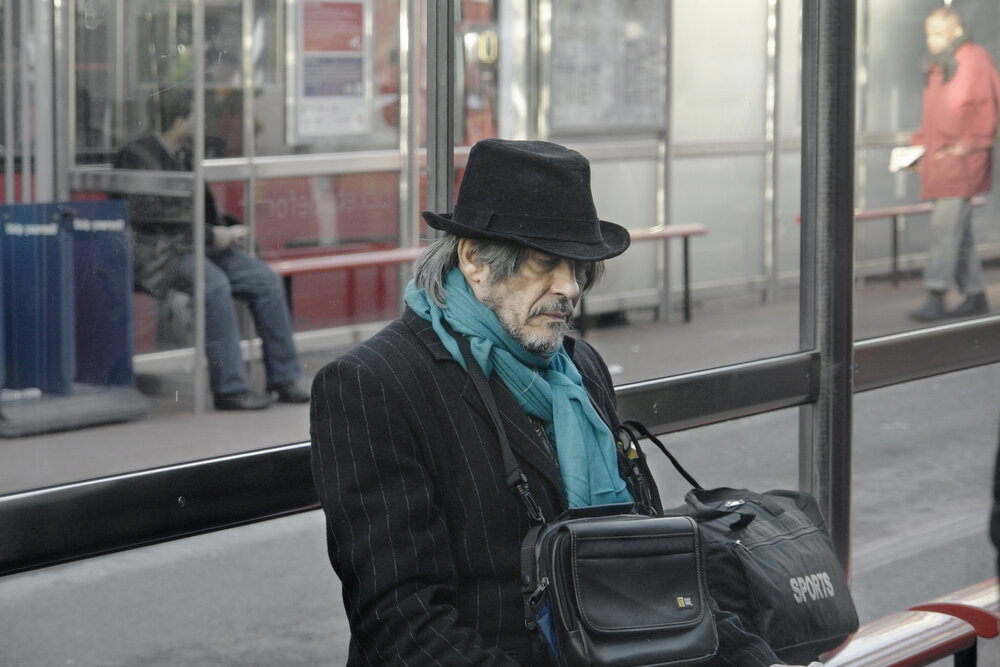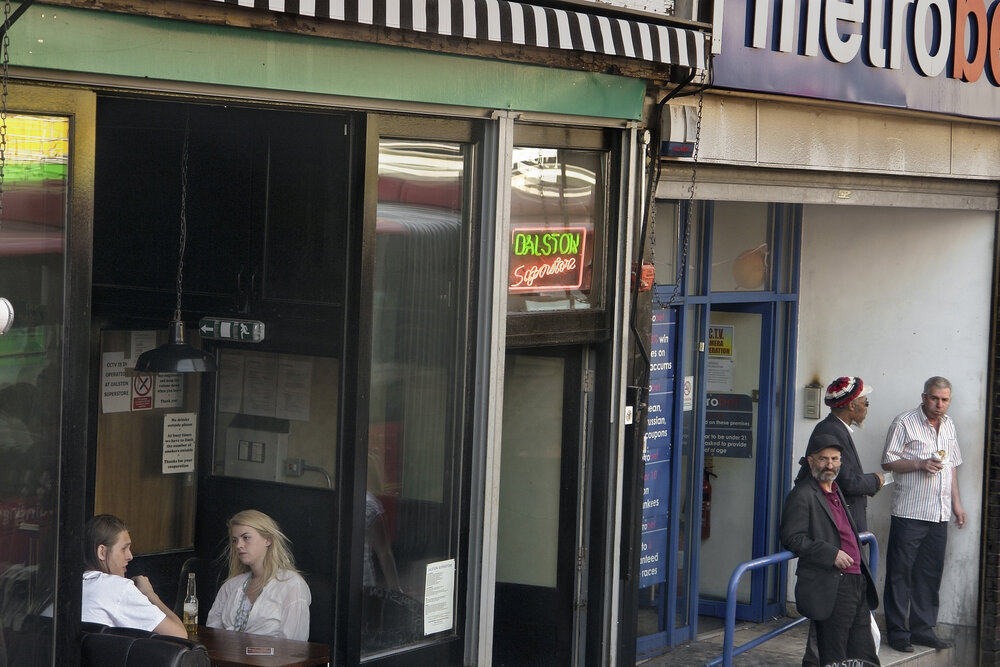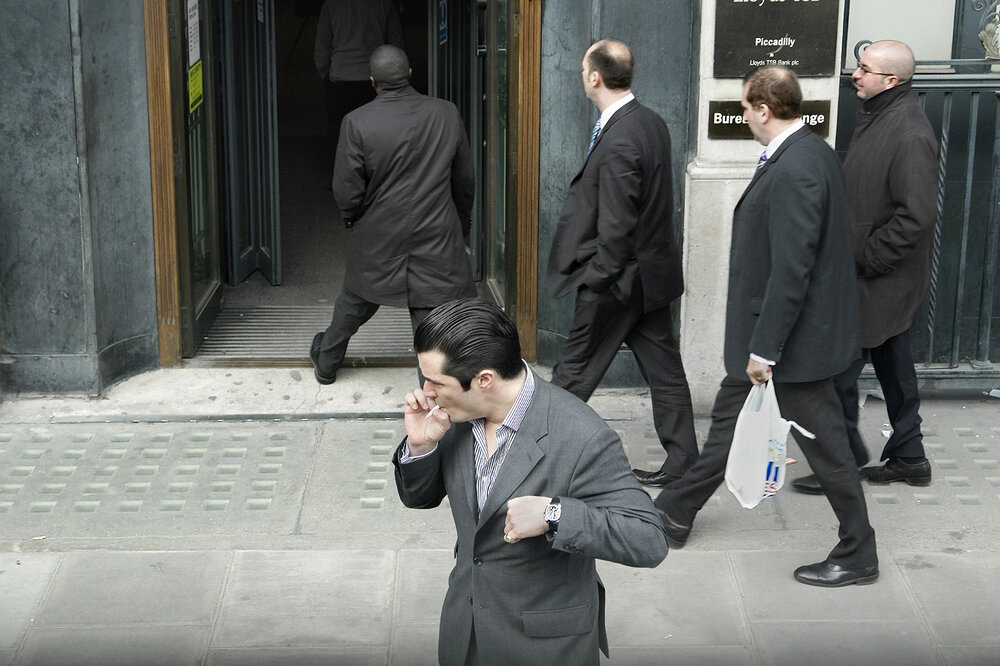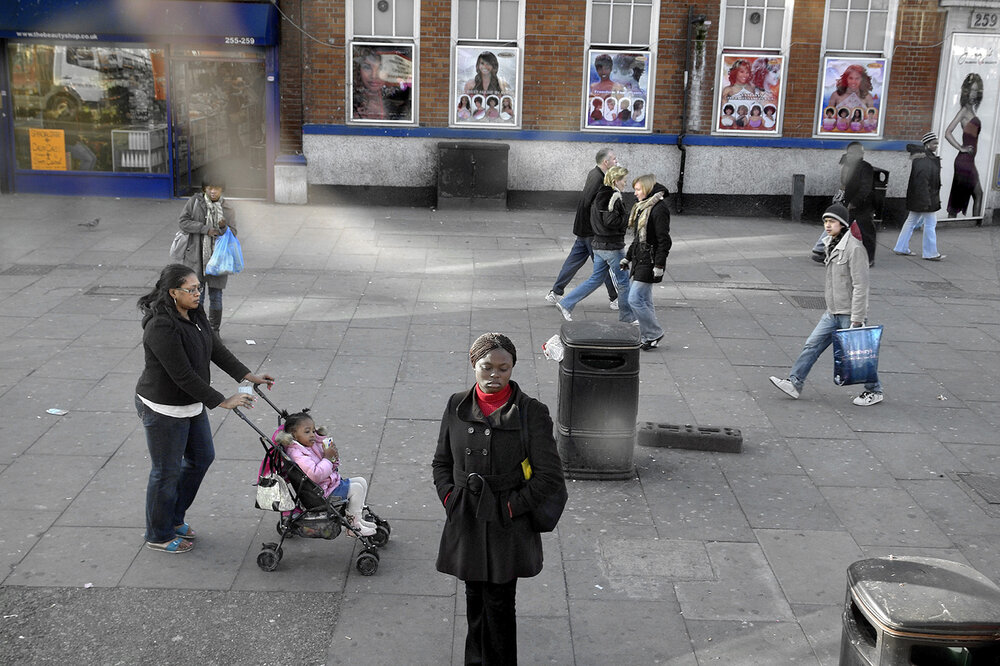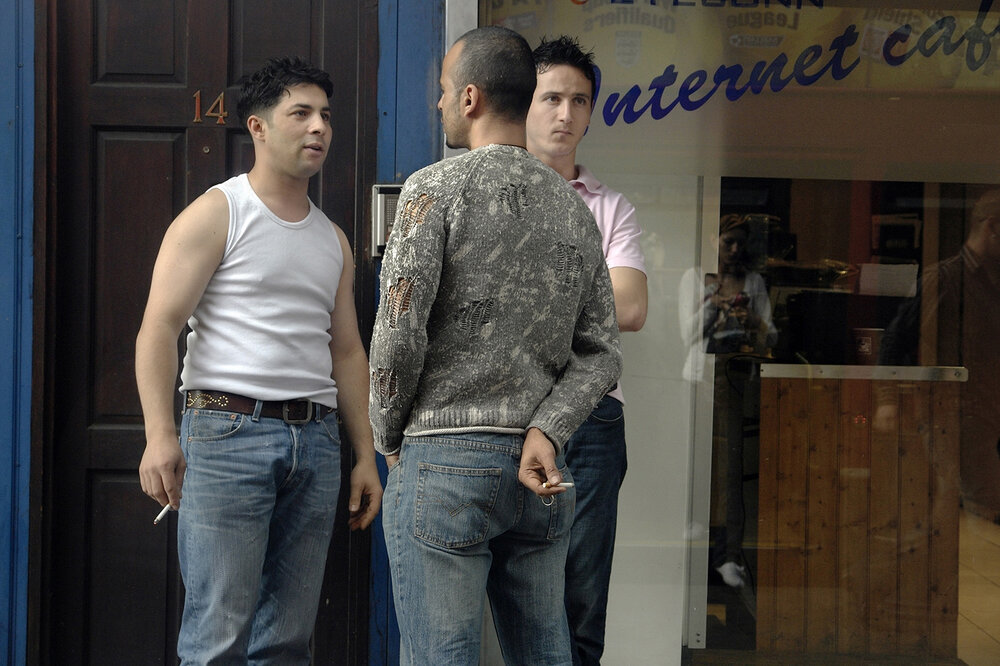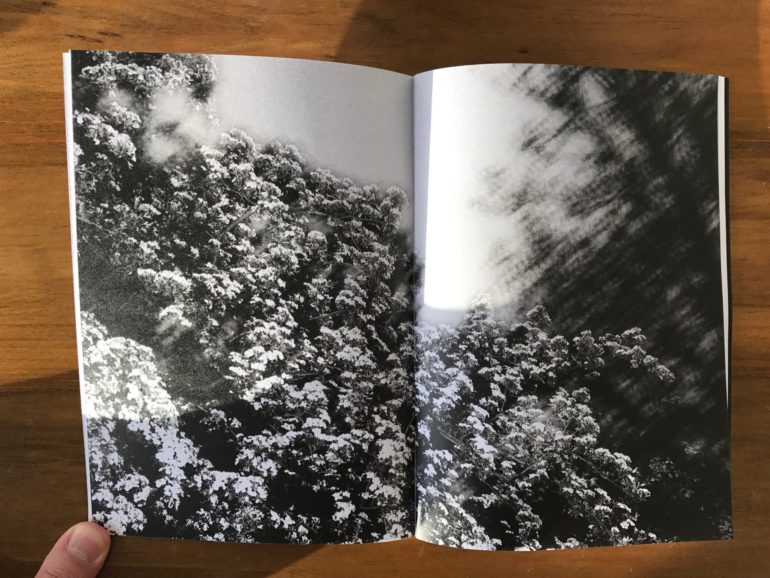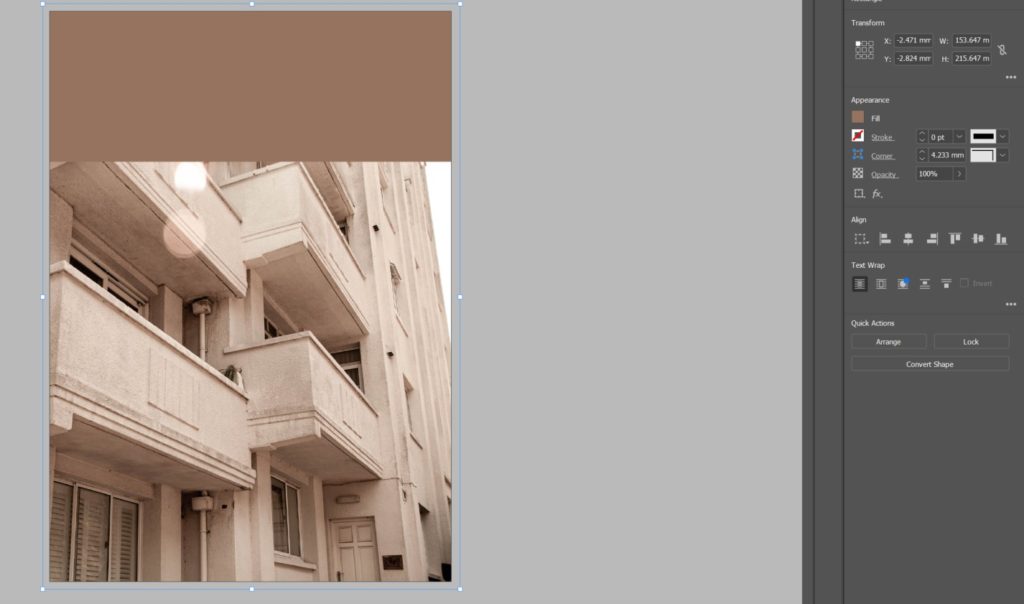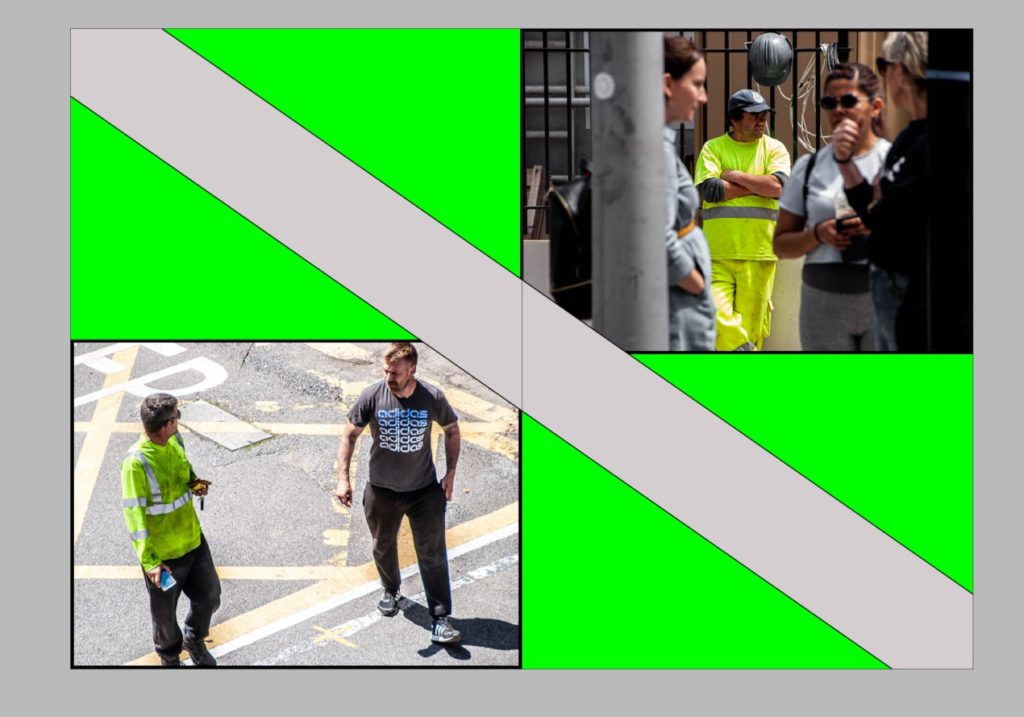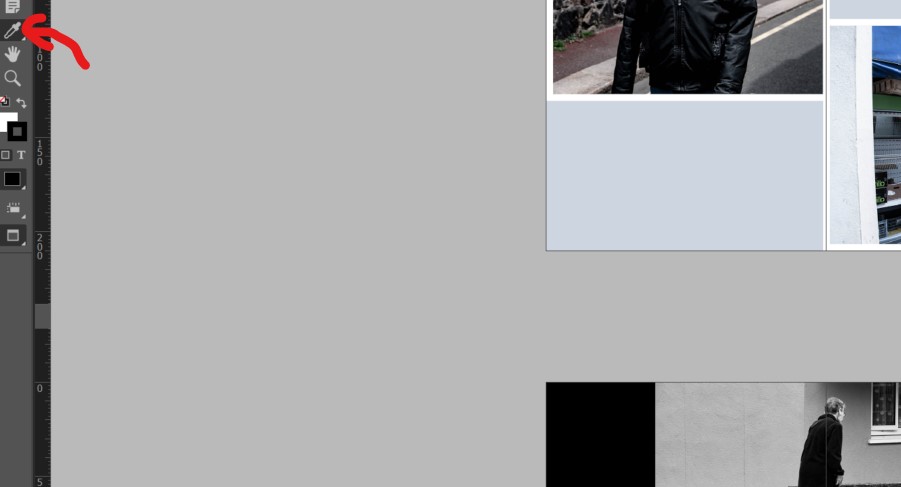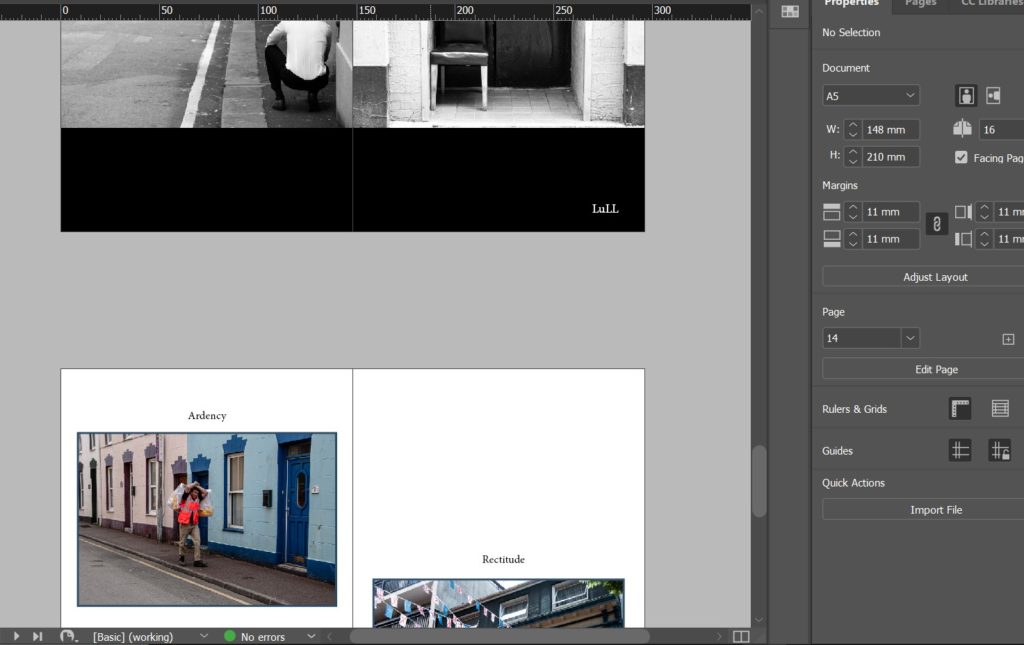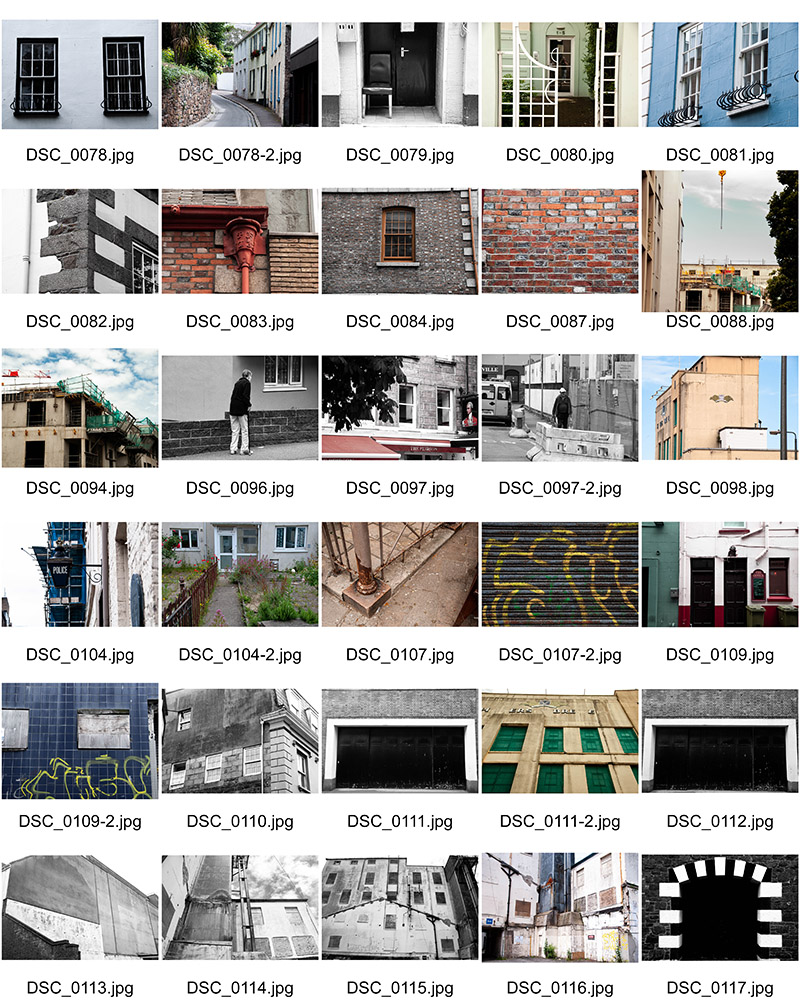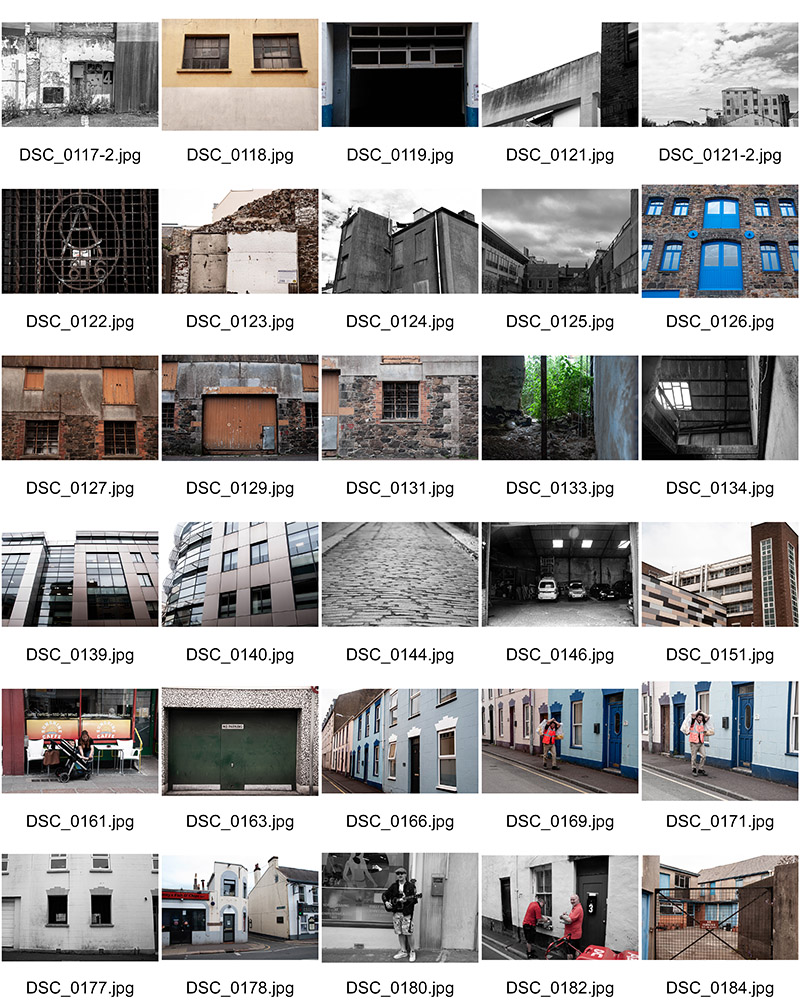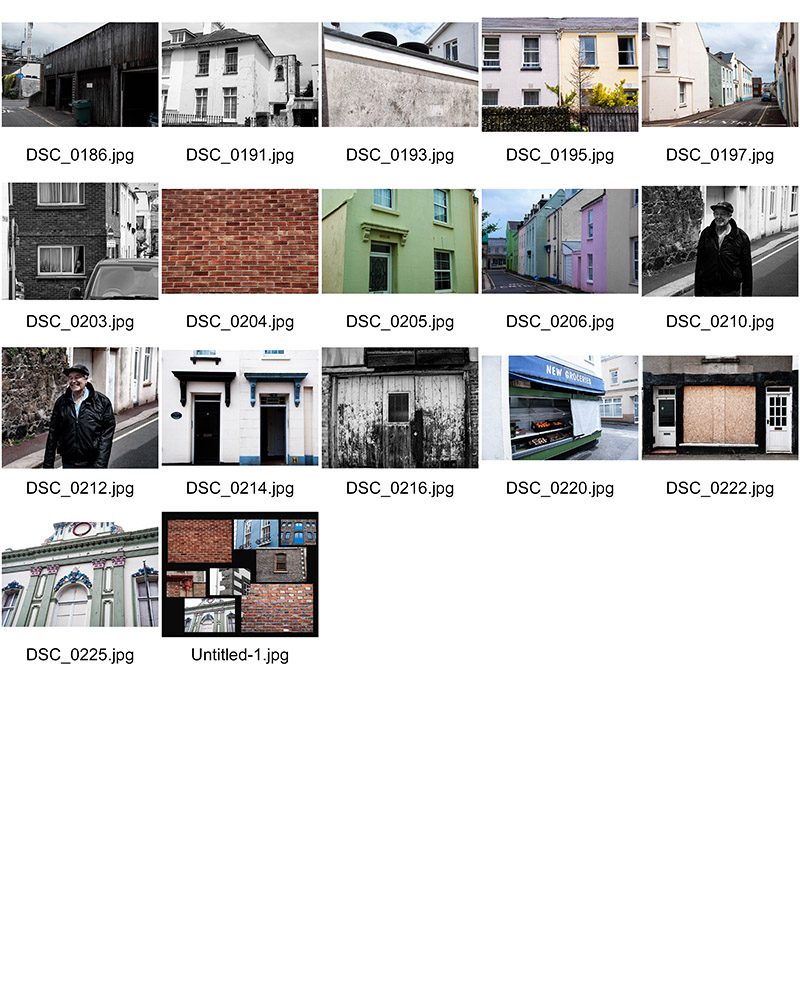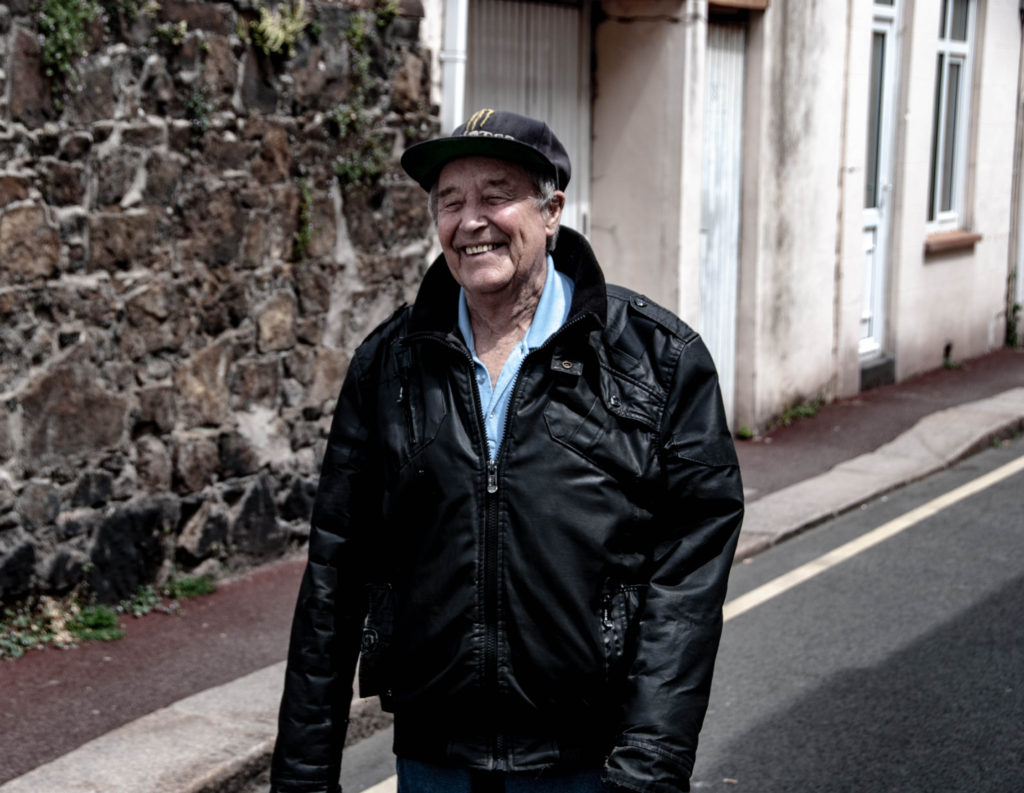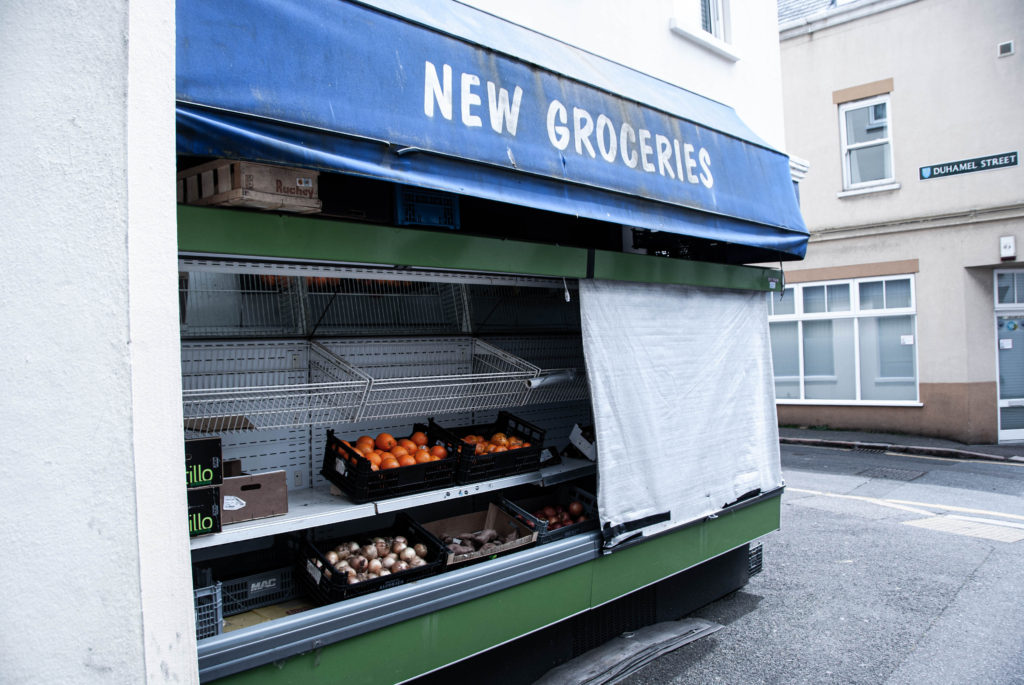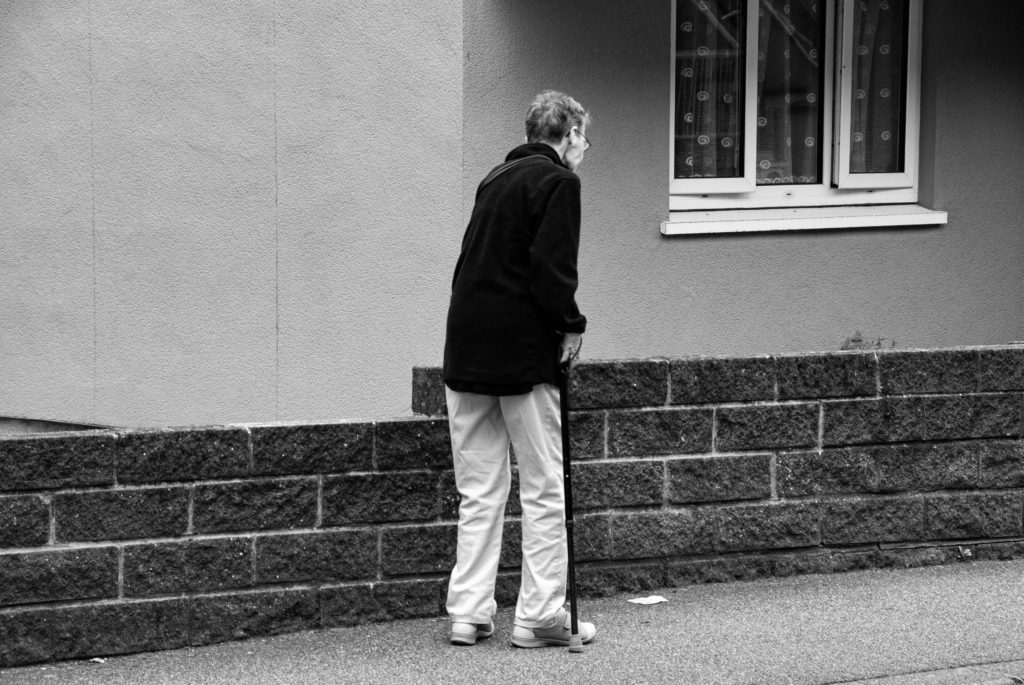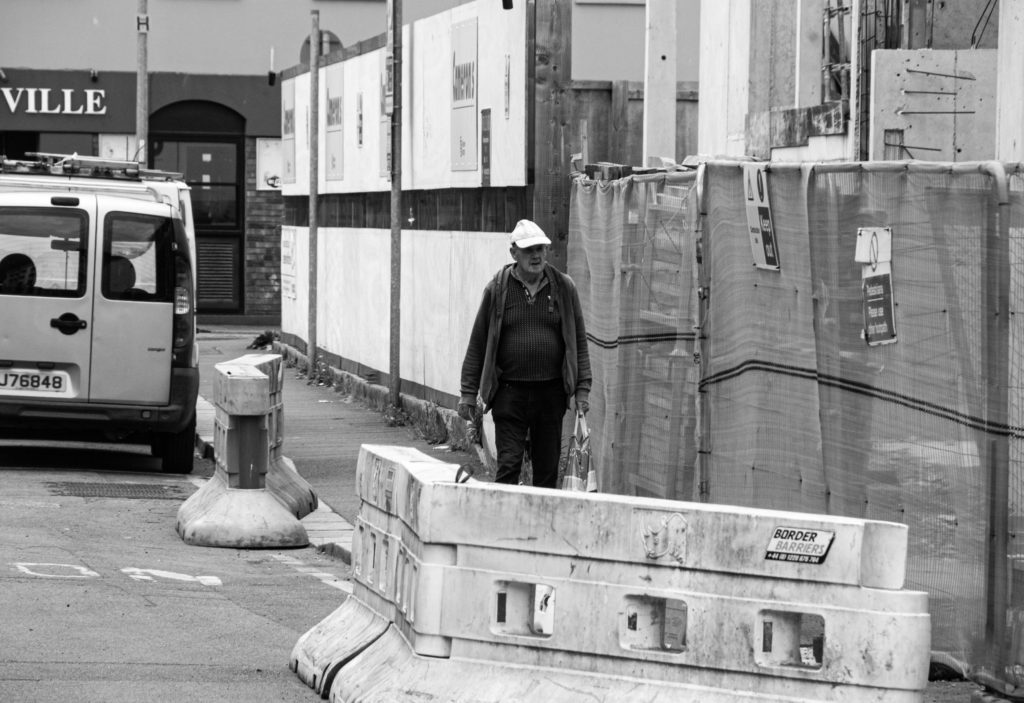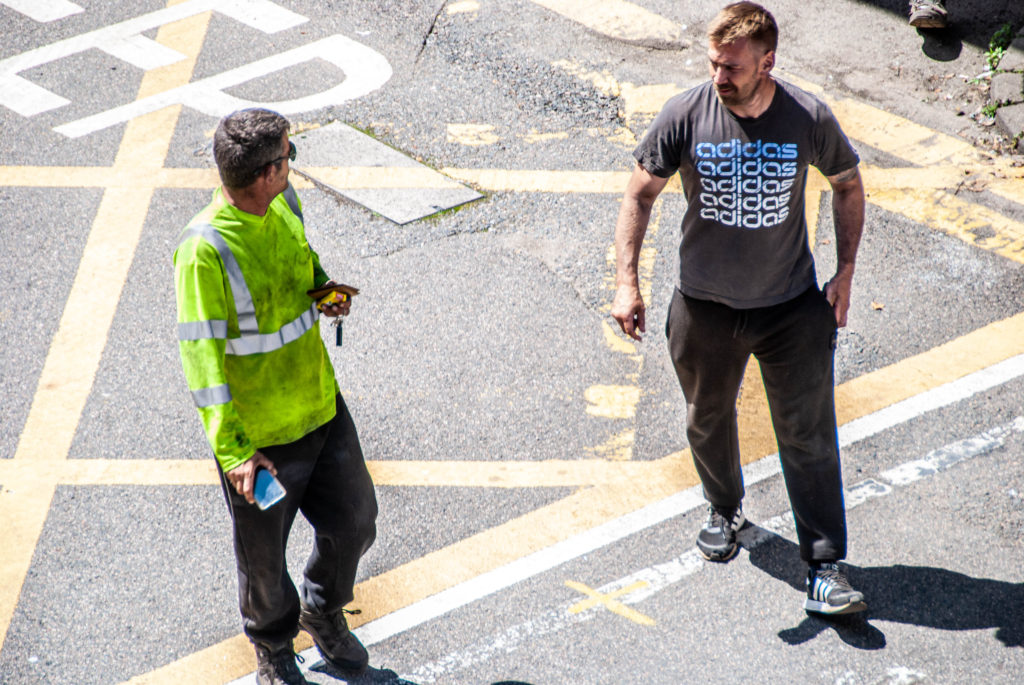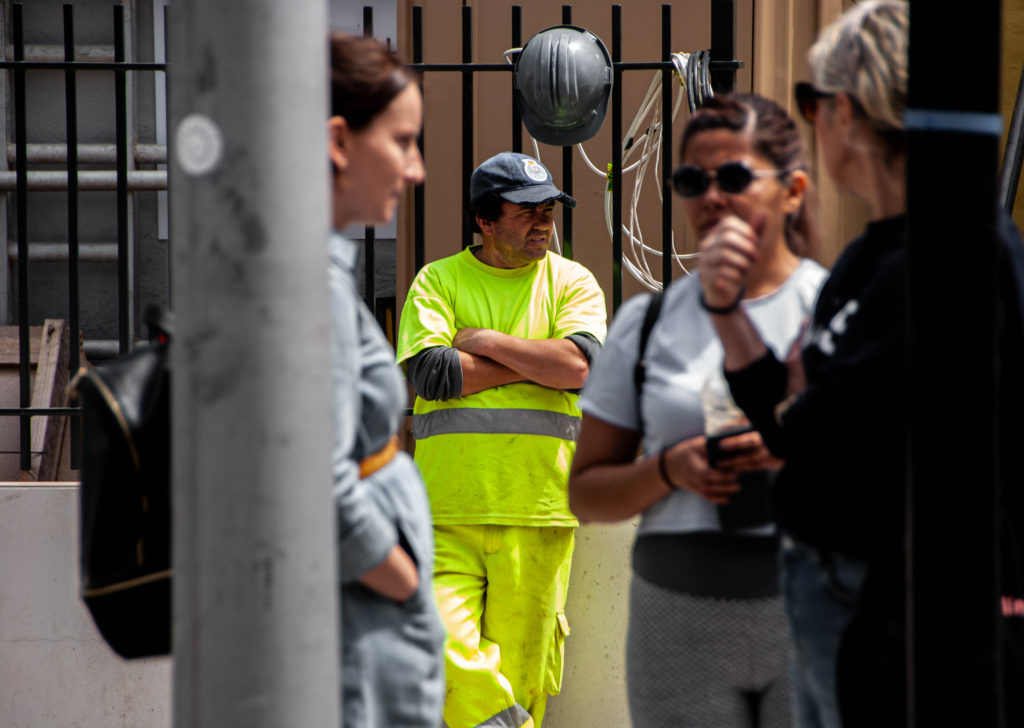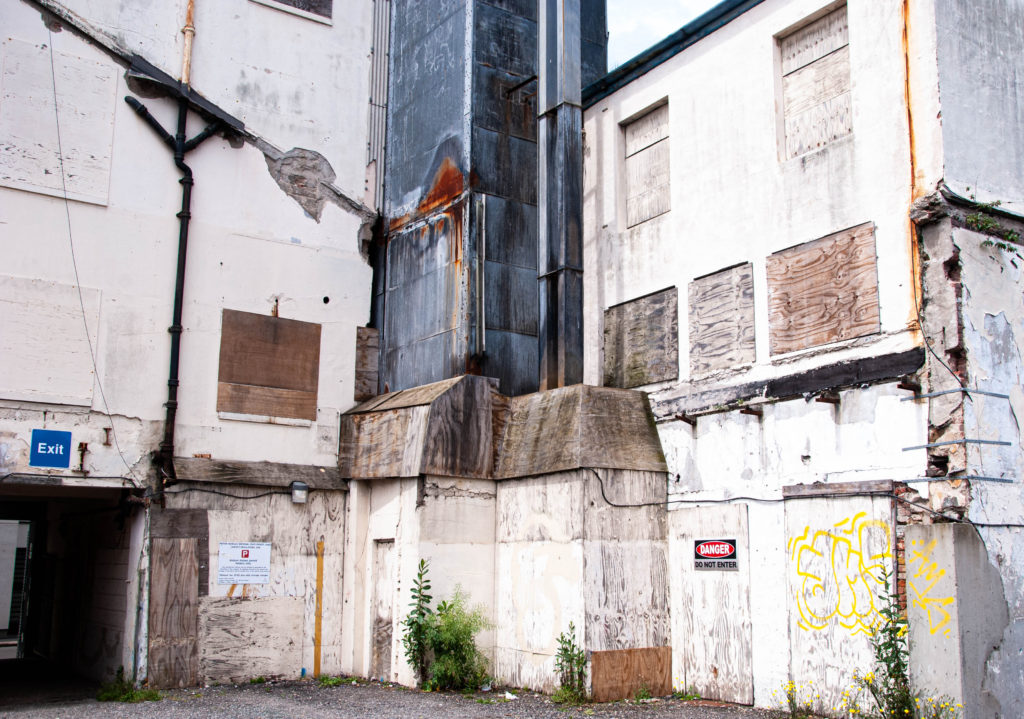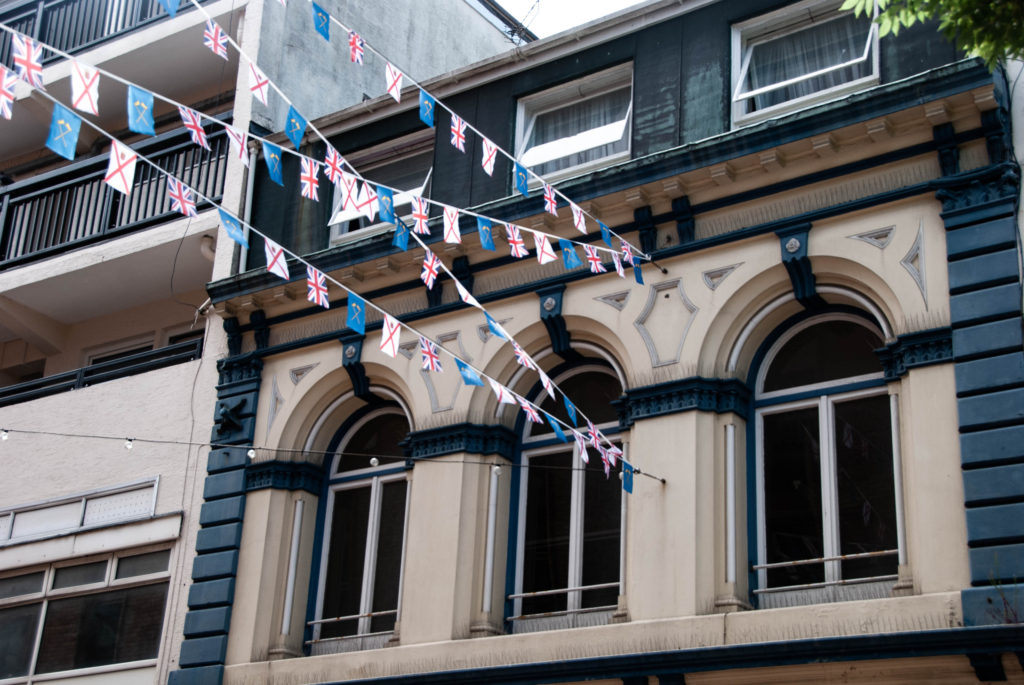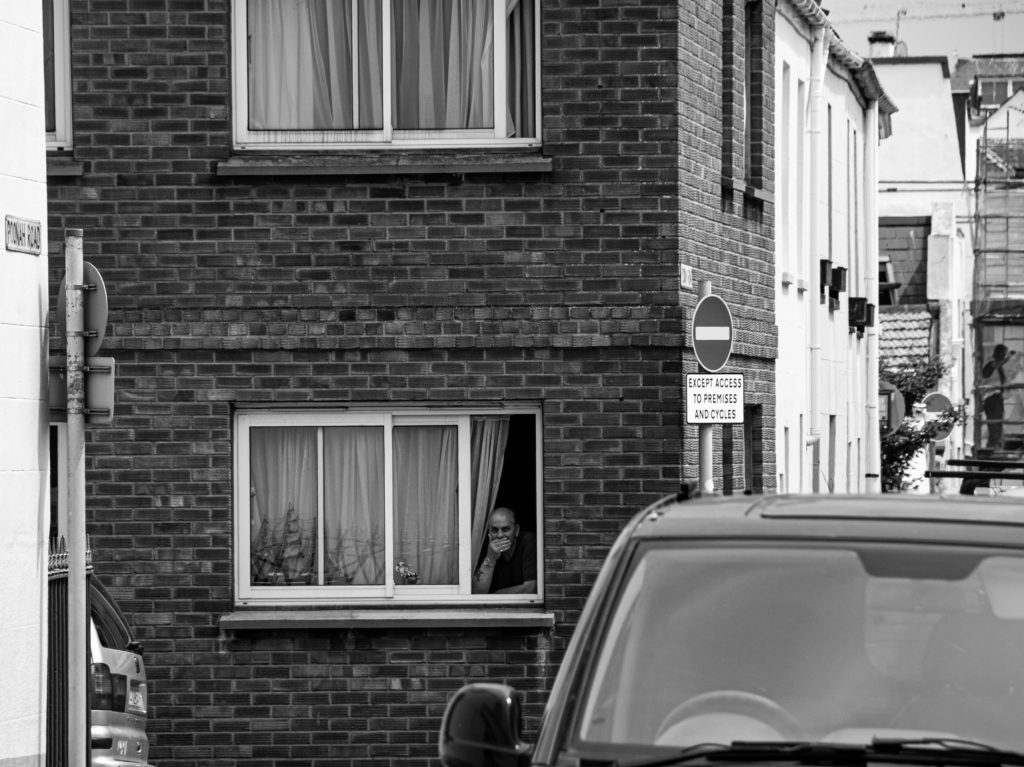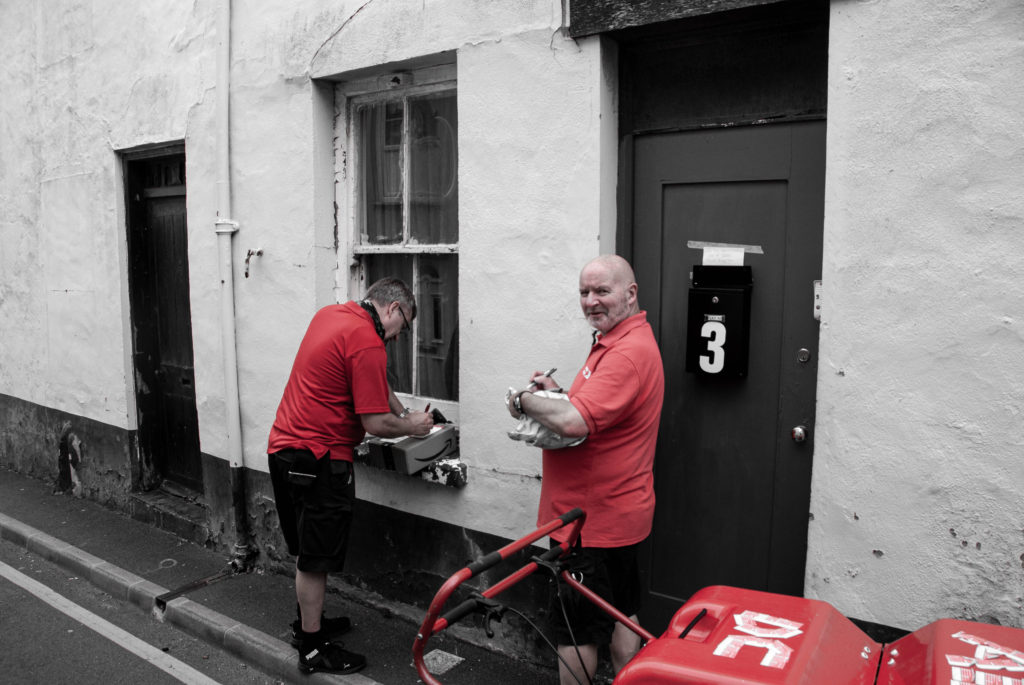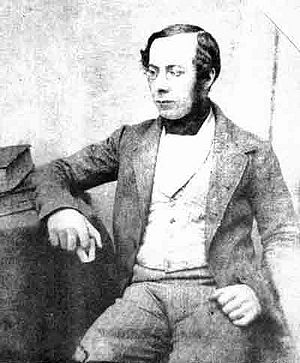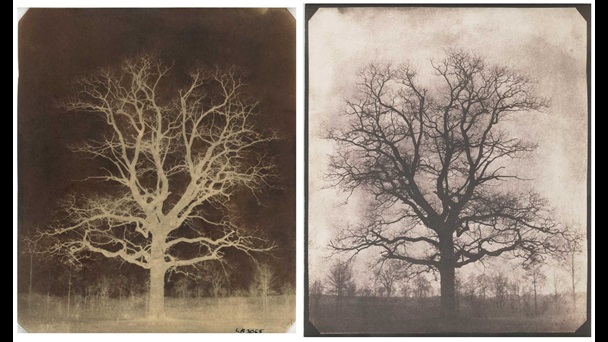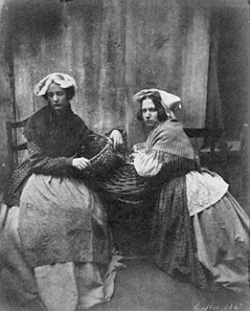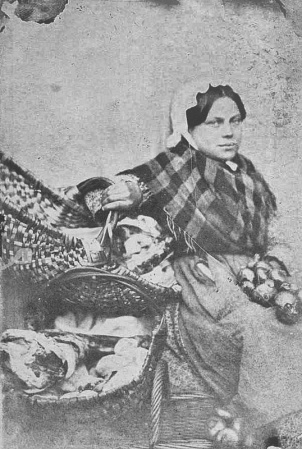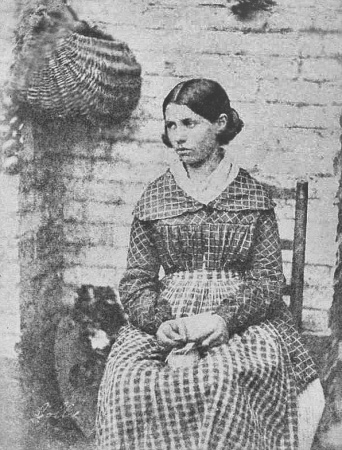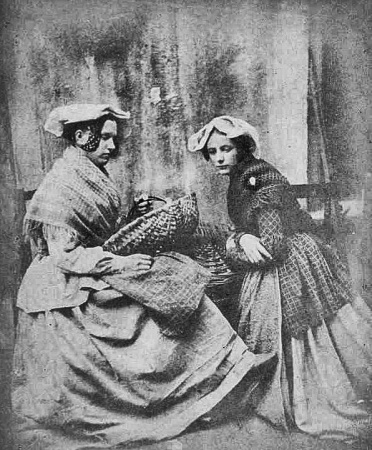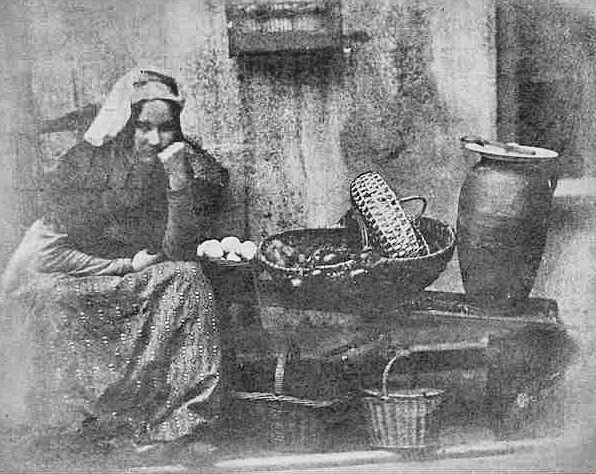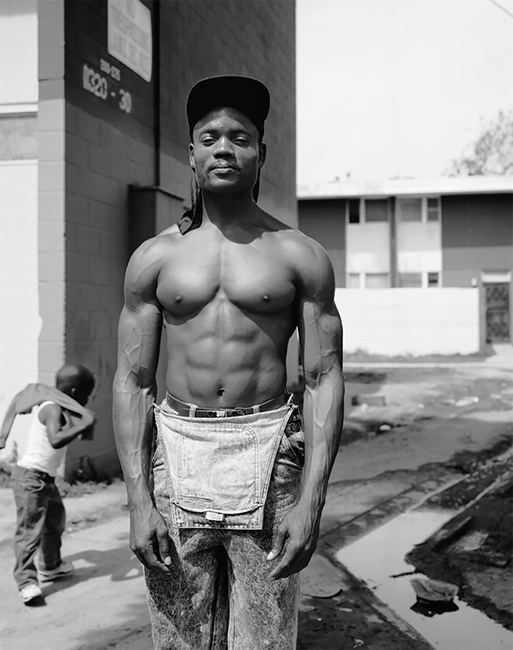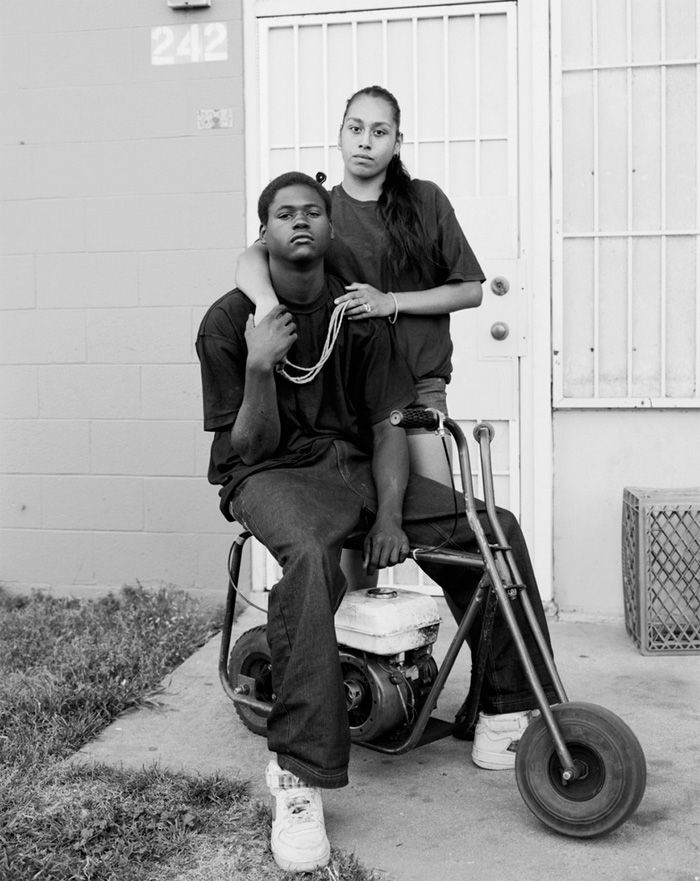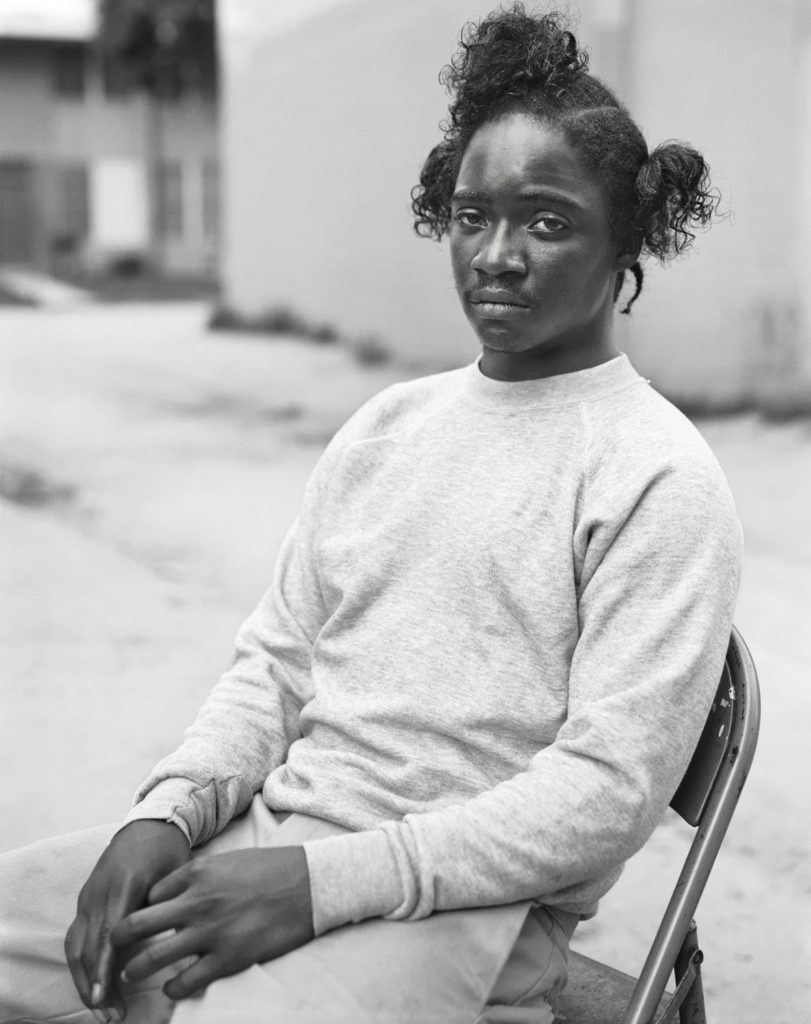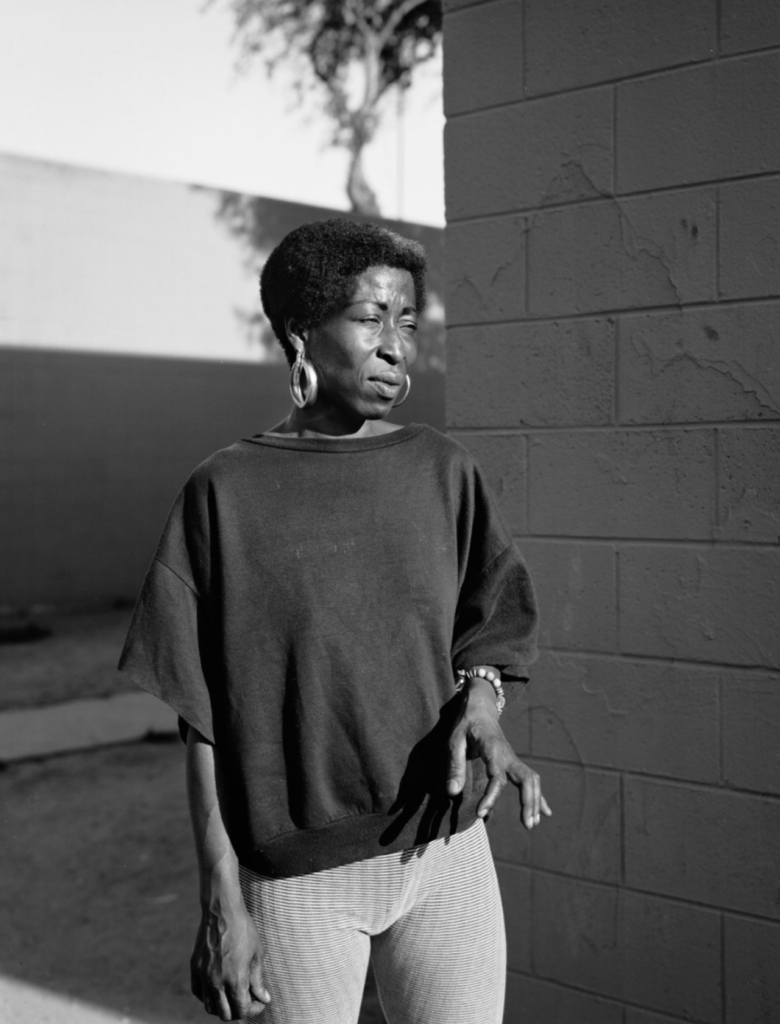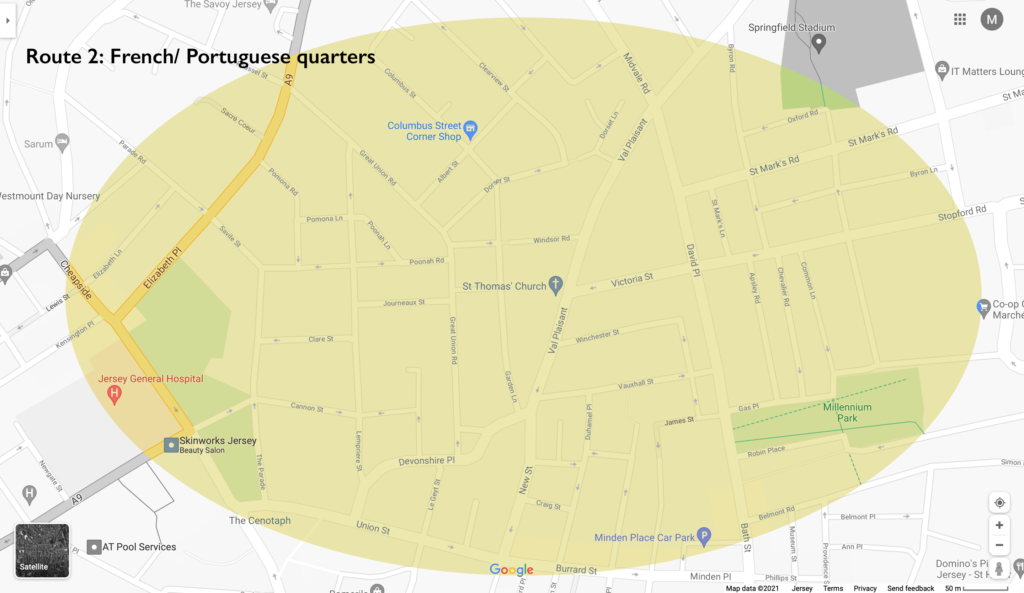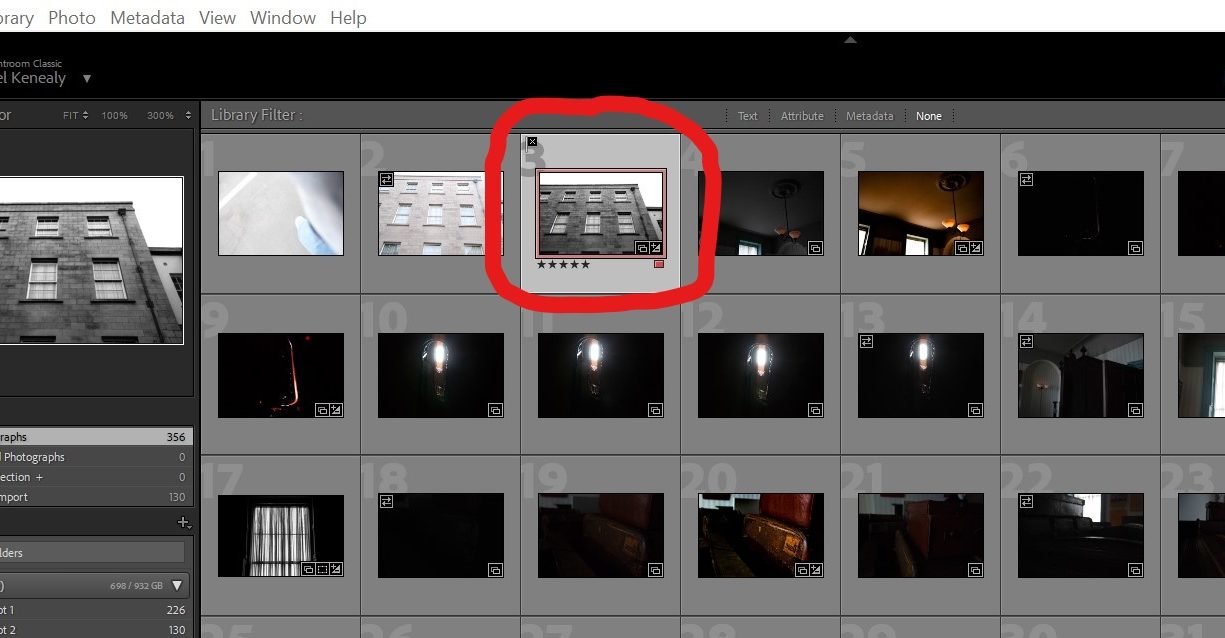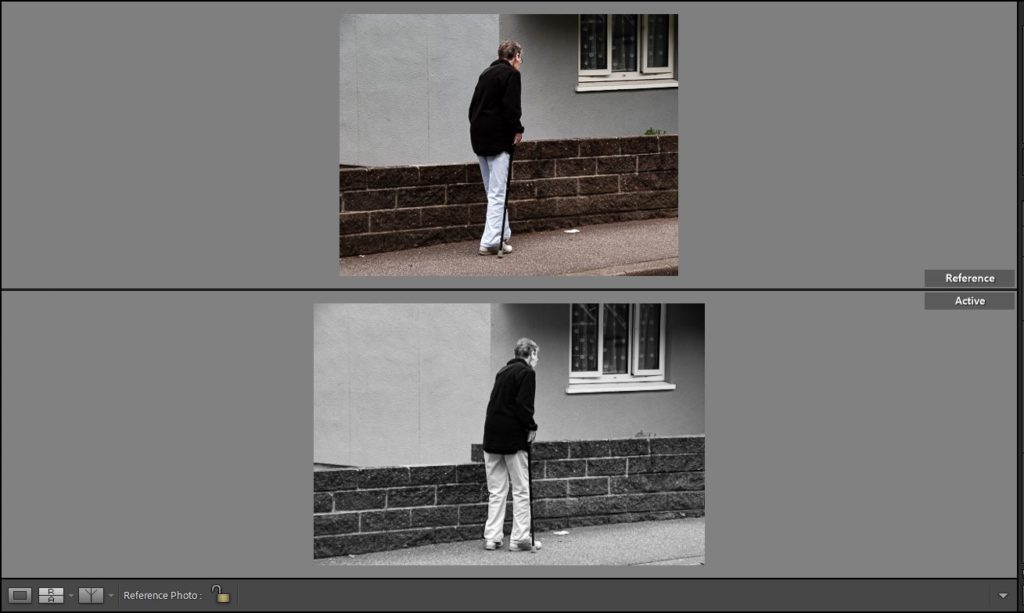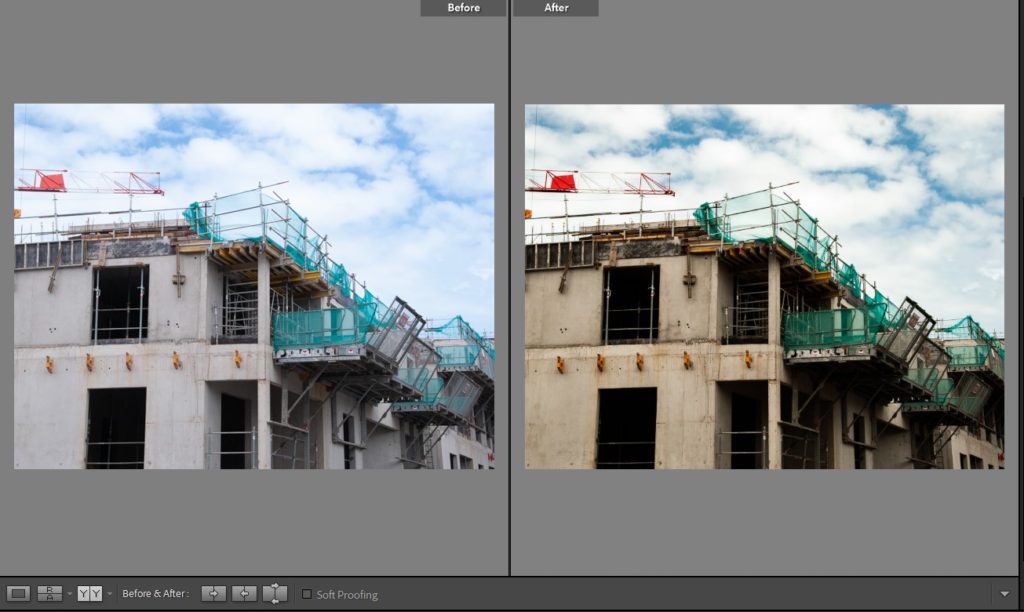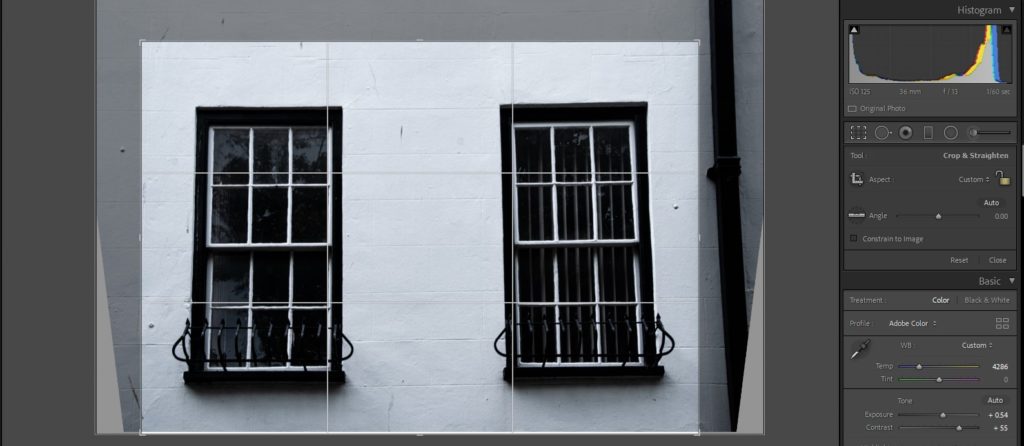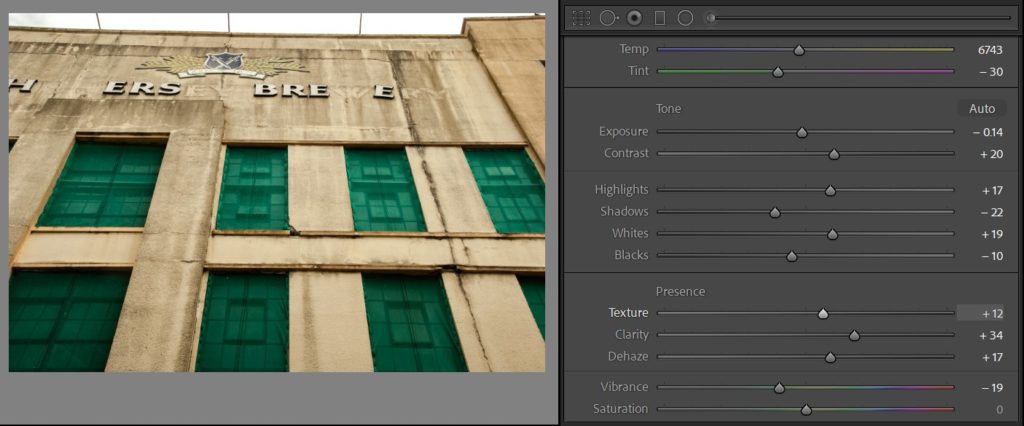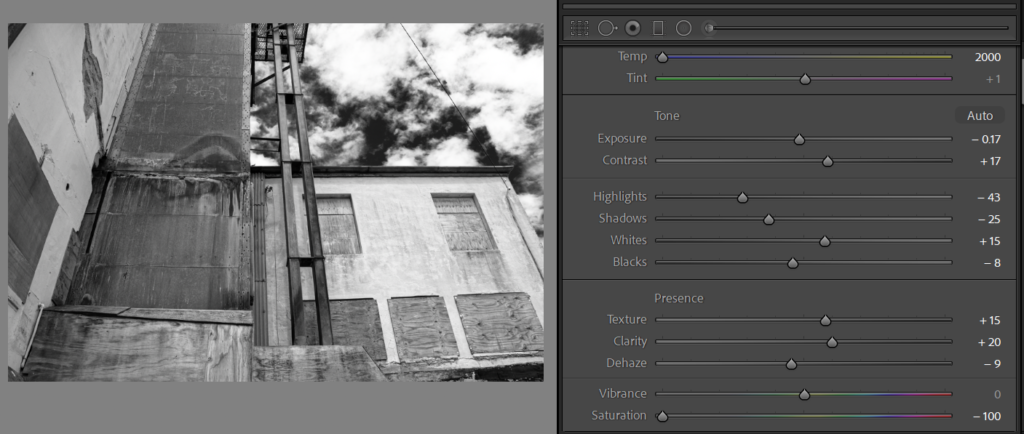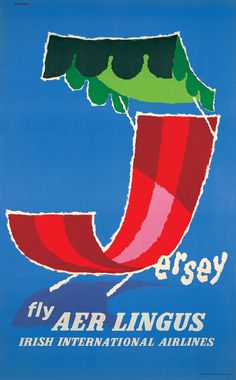I chose to photograph the surfing community because I surf myself, and because we live on an island most other people do as well. And, I feel that the surfing community isn’t captured a lot in Jersey, so I thought I will capture it in about 10 photos.
Technically, there are two side to surfing based on the board, short boarders and long boarders. I an mostly involved with long boarding as its what I learn on years ago.
PHOTOSHOOTS
Since there are so many variables to photographing surfers, it was hard to arrange and plan what time and what day. It had to be sunny; as it makes the shot look cleaner, as there would be better light. Plus, it had to be good swell, as most people go surfing when its 2ft plus. Both the weather and swell statistics can only be seen accurately a week in advance, which made it harder to plan shots, so I just went when it the time was right.
Shoot 1 – Kempt Tower
I went into the water with a waterproof camera and also a GoPro with a dome on to get 50/50 shots. I went in the evening, just before the sunset. The waves were really small, but it was a good time to take pictures of people sitting on their boards. It would be a closer insight into what it is like out back.

Shoot 2 – Water Splash, Connie Farmer Ceremony
I was told that there was a paddle out ceremony, for Connie Farmer, who was a surfer in Jersey, which most the older people knew, and he was a really good surfer, and very athletic who passed away. So I captured the paddle out ceremony from the sea wall. They paddled out about 100 metres and made a circle to scatter his ashes. It shows the other side of the surfing community, and it shows how everyone is so supportive and respectful to each other, and it was great to see everyone come together.

Shoot 3 – Le Port + Shoot 4 (re-visited)
Le Port is always busy when the surf is good. So I decided to go there when the surf was good. I went down to the waters-edge and used a 100-300mm lens to capture the surfers riding the waves. Also, when the tide came up I went up on the sea wall, which gave me a better vantage point where I could see over the waves better.

I came to revisit Le Port and get more photos to have a better selection. Most the photos of fast action sports are blurry, I found 1 in 10 were not great. Which, is one of the main reasons I wanted to go back.

EDITING PROCESS
I used the same editing process for all the images. I used Adobe Lightroom CC, and used the Z and X to pick and refuse images. Then I edited all good ones, then exported them.
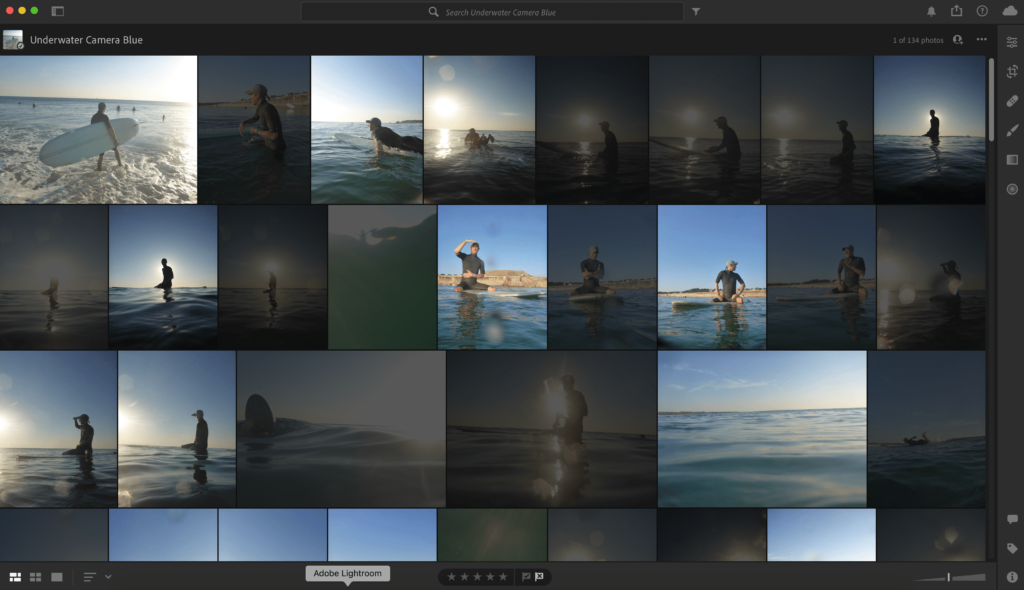
All I edited was contrast, saturation, clarity and, dehaze. Most the images didn’t need much editing don’t as I shot them in good lighting and used the right settings. Then exported them.
SHOOT RESULTS
Shot 1 – All these images turned out good. there is a variety of daylight images and sunset images, since I took them before sunset. They have a greater insight into surfing as it shows what it is like to take part.
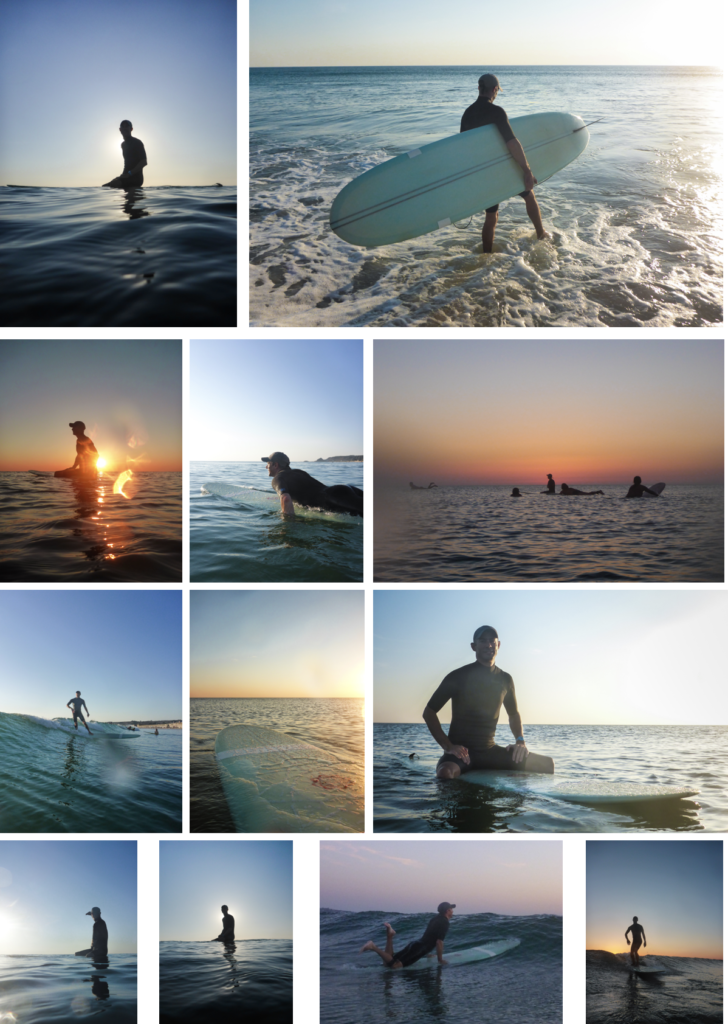
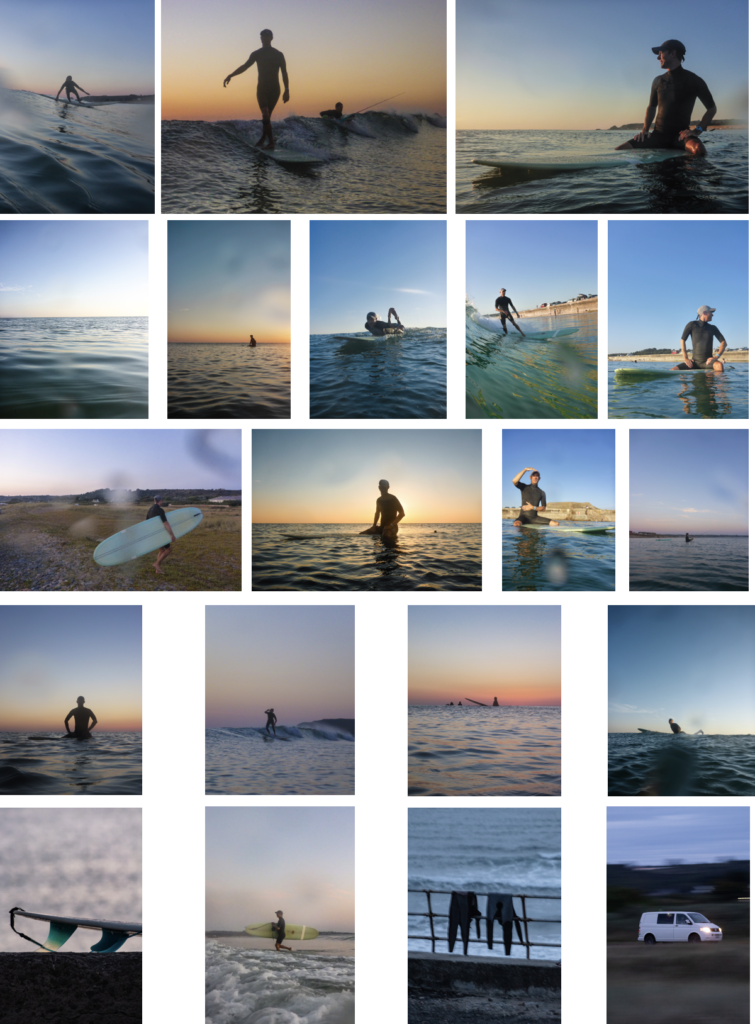
Shoot 2 – I managed to get some good compositions, this was mainly as I was higher than everyone and I used a good zoom lens to frame the shot how I wanted to, instead of limiting myself to 55mm. Which, is the usual average lens maximum zoom.
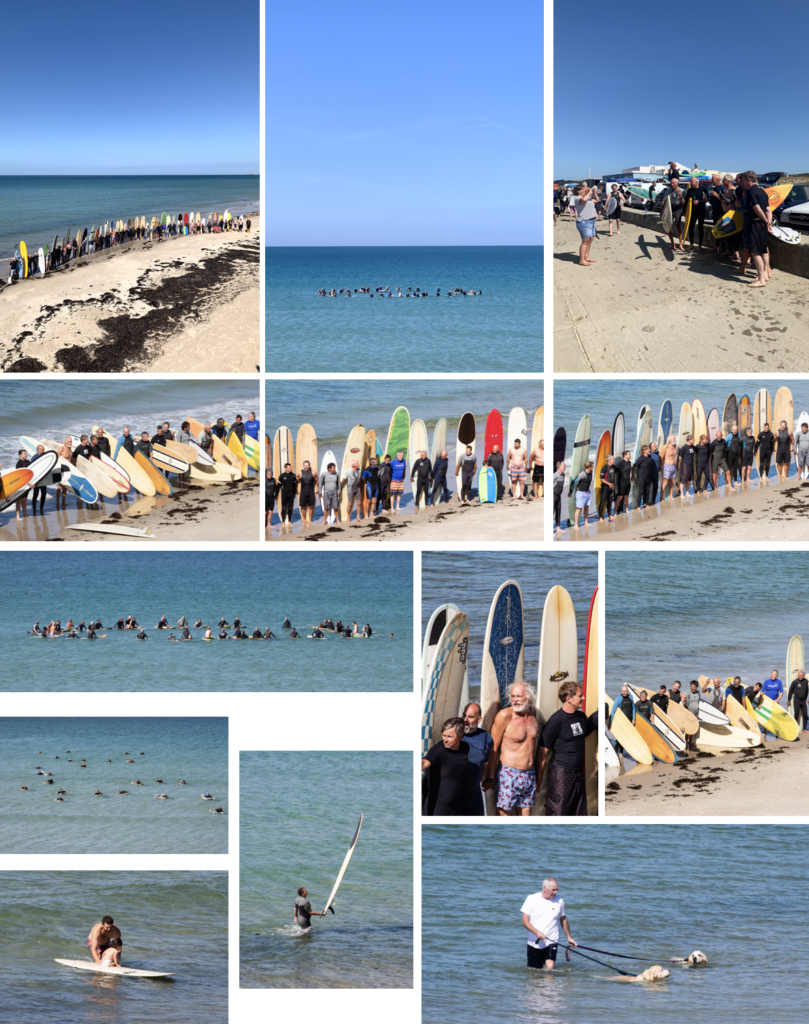

Shoot 3 – These were shot on a cloudy day, which wasn’t ideal. However, the swell was decent, which meant there were more people to photograph, and made for some more dynamic shots.

Revisited shoot 3 – I revisited shoot 3, to try and get some shots when it was sunny. However, they turned out more blue, but I did get some more good action shots.
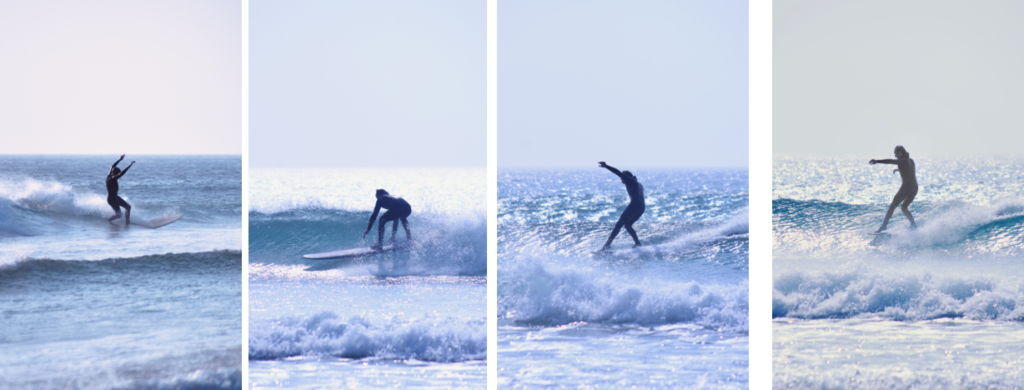
THE BEST SHOTS
The story of these images shows the process in order of what happens when you go surfing. First, you paddle out, then sit on you’re board until a wave comes. Then it goes to the shots when people were getting out the water, and some wetsuit hanging up. The end shots give a strong ending to the image sequence, as it shows how the surfing community comes together in important times.

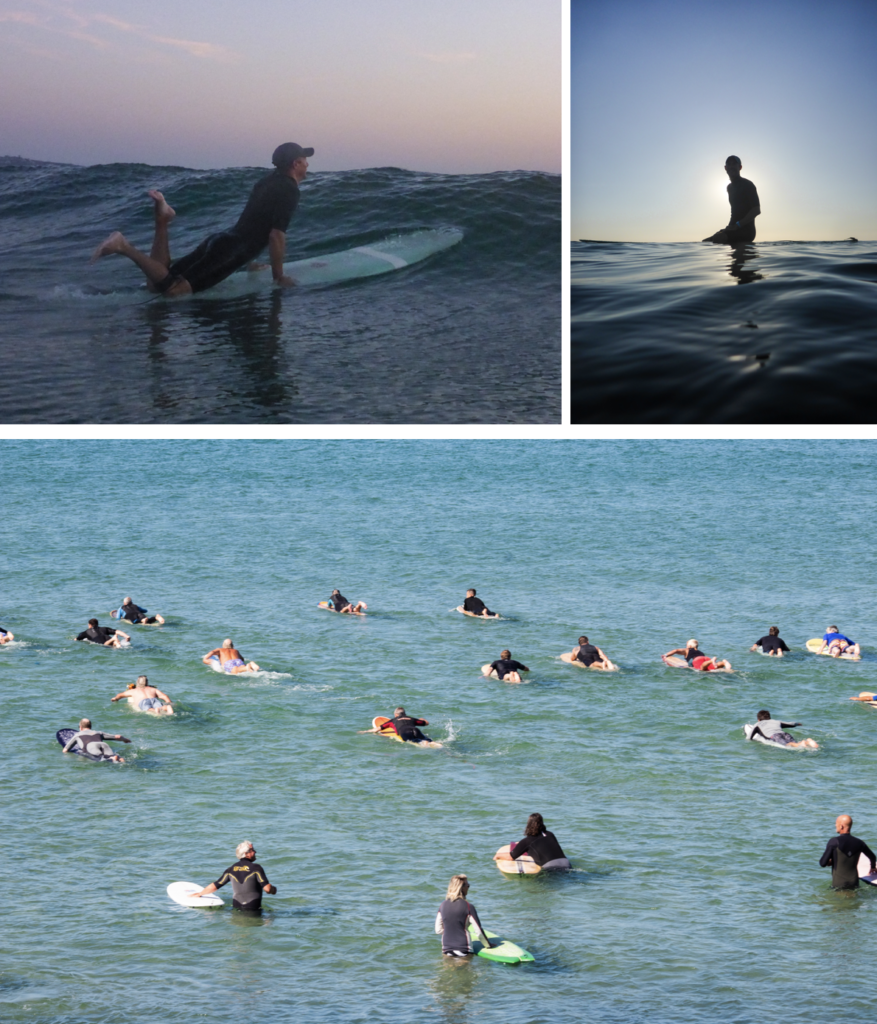
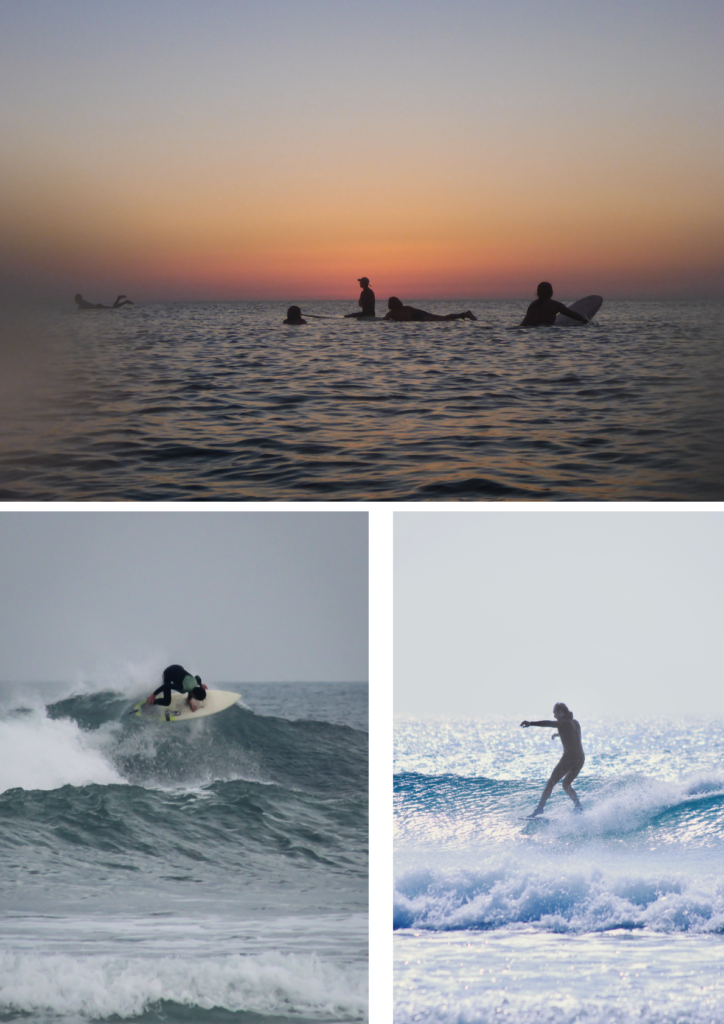

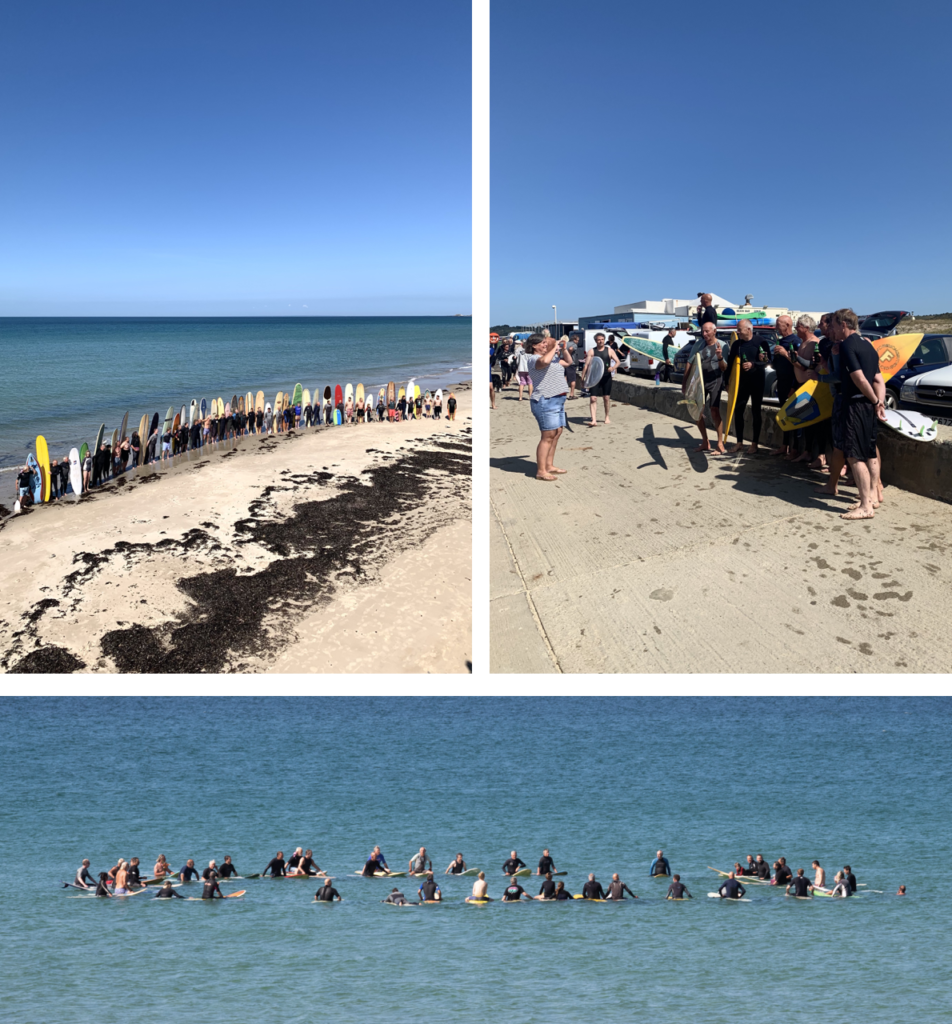
EVALUATION
Overall, I am pleased with the outcome of all the images. The only thing I would change is that, I would of gone to do shoot 1 when there were bigger waves so the shots would look more intense.
To develop my images further, I would try to capture more of the community aspect in greater detail, even thought I captured a strong insight into the community, since a iconic member passed away. As I felt I captured the journey and fun side of surfing more than the community side.


